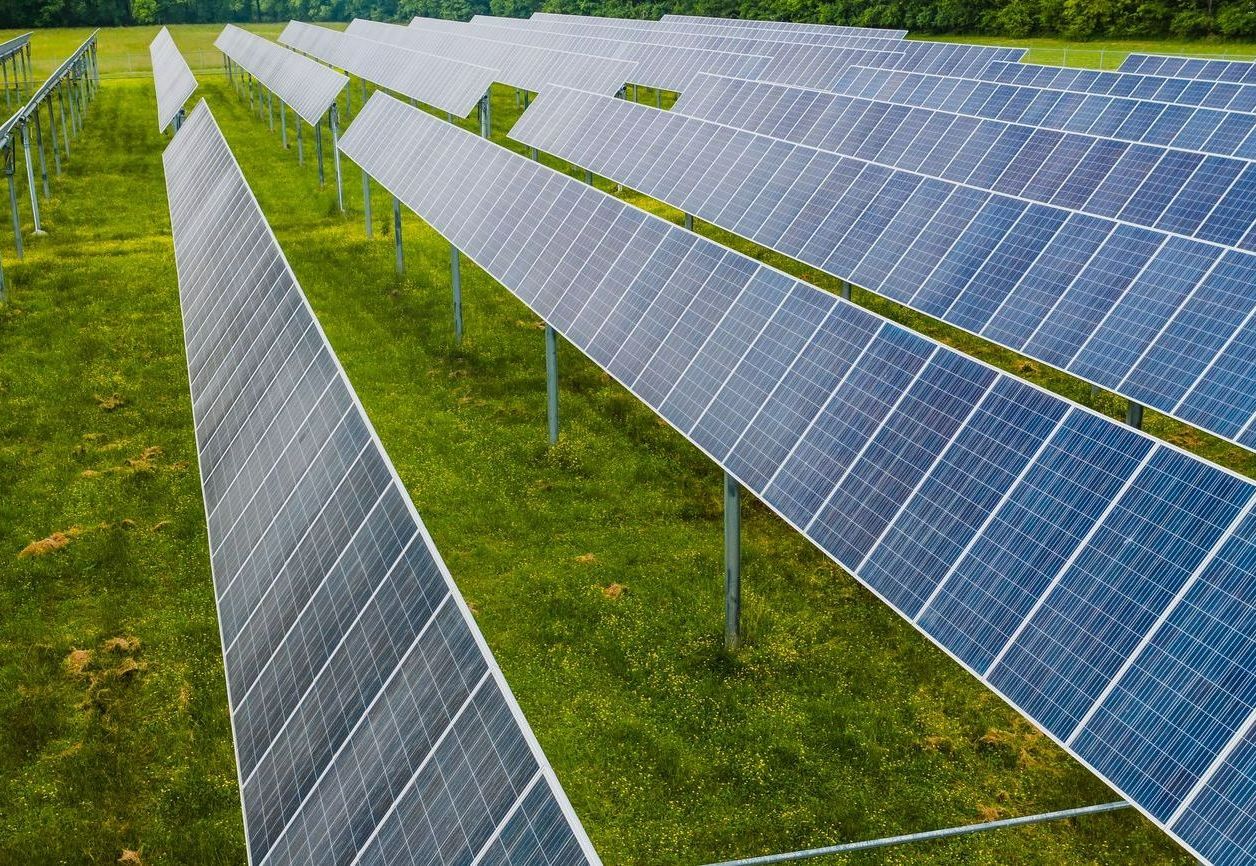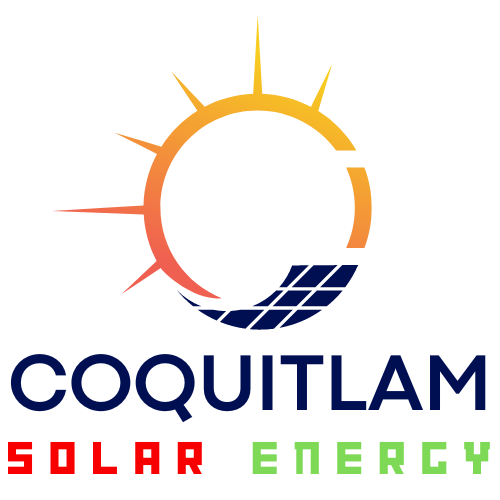Why Is Solar Power Installation in Canada Cheap Right Now?
The Canadian solar power installation market has significantly reduced costs in recent years, making it feasible for residential and commercial applications.
A recent report by the Canada Energy Regulator (previously known as the National Energy Board) analyzed the financial feasibility of solar power systems in over 20,000 Canadian communities.
This reinforces what we already know about the dramatic decrease in solar panel installation costs over the past decade. But even more importantly, the energy efficient report sheds light on the future potential of installing solar panels in Canada.
For many provinces, using solar energy has become a more cost-effective option compared to traditional grid electricity. This trend is driven by a confluence of economic and technological factors:
Residential Solar Installation in Canada
Regional Variations
The Canada Energy Regulator's ESPC report highlights a critical aspect: residential solar breakeven points compared to electricity prices.
- Favourable Regions: Provinces like Prince Edward Island and Saskatchewan currently boast breakeven points lower than residential electricity prices. This translates to potential cost savings for most homeowners in these areas.
- Promising Prospects: Ontario offers a promising scenario for homeowners with smart meters that capture "time of day" value. This dynamic pricing system incentivizes solar power use during peak demand periods, leading to cost savings—which also may exist in some areas of Alberta and Yukon.
- Incentive-Driven Markets: Nova Scotia and Alberta offer rebate programs that effectively bridge the gap between current costs and a low-cost future scenario.
The Compelling Economics of Renewables
A recent study by the University of Calgary's School of Public Policy shows a significant development impacting the residential solar installation process in Canada: the dramatic cost reduction of renewable excess energy sources.
- Sharp Decline in Renewable Costs: The study highlights a 90% drop in solar power costs and a 70% decline in wind power costs over the past decade.
- Manufacturing Efficiency and Economies of Scale: The study pinpoints China's role in large-scale solar panel production as a key factor in reducing manufacturing costs. This corresponds to the economies of scale lowering equipment prices.
- Alberta's Renewable Energy Potential: The study identifies Alberta as a prime location for renewable energy development due to its ample wind and solar resources, an open and competitive electricity market, and the phasing out of coal-fired power plants. This is due to their favourable geographic and market conditions.
Renewables' Cost Advantage
The International Energy Agency's (IEA) recent World Energy Outlook report paints a compelling picture of the future of renewable energy, particularly solar and wind power. This news has significant implications for Alberta, a province with a strong oil and gas industry.
- Unprecedented Cost Decline: Since 1980, solar PV has witnessed a remarkable 99% reduction in module costs, making it the cheapest source of electricity in history. This leads to lower installation costs for residential systems.
- Non-Depleting Resources: Unlike fossil fuels, wind and solar resources are naturally replenished. This offers a significant advantage: improvements in technology directly relate to cost savings and increased electricity production for renewables. This aligns with fossil fuels' inherent limitations, where engineering advancements often grapple with resource depletion and rising production costs:
| Time Period | Cost for a 5 kW residential project |
|---|---|
| Current | $15, 985 |
| Near future (5 years) | $12, 975 |
| Low-cost future (10 years) | $11, 260 |
A report by the Canada Energy Regulator (CER) highlights a crucial factor: significant provincial and territorial variations in residential solar economics.
Residential electricity prices vary widely across Canada, ranging from a low of 6.8 ¢/kWh in Quebec to a high of 16.9 ¢/kWh in Saskatchewan (2018 data). The report introduces the concept of "break-even" prices, representing the cost of electricity generated by a solar project over its lifetime. Break-even prices are generally lower in regions with higher sunlight hours (interior Canada) and higher due to less sunlight (east and west coasts). Differences in provincial sales taxes applied to solar installations can further impact costs across regions.
Reduced Equipment Prices
- Global Market Trends: The global solar energy system market has experienced significant growth, leading to increased competition and economies of scale. This fierce competition has driven down manufacturing costs for solar systems.
- Technological Advancements: Progress in solar cell technology has resulted in more efficient solar panels. Fewer panels are needed to generate the same amount of power, further reducing overall electricity costs.
Streamlined Installation Processes
The solar industry has seen a growing trend towards standardized installation practices. Pre-assembled solar panel system arrays minimize on-site assembly time. These pre-wired modules incorporate features like microinverters, simplifying solar PV system layout and reducing wiring needs.
Innovative roof mounting systems are designed for ease of installation and minimal roof penetration. These solar PV systems utilize rails, clamps, and flashing kits specifically engineered for different roof types (e.g., shingle, metal, tile).
Streamlined processes establish clear guidelines for installers, ensuring consistent quality, safety, energy production, and efficiency. This may involve:
- Pre-wiring of components: Components like inverters and combiner boxes are pre-wired off-site. Pre-wired components can reduce carbon footprint and on-site electrical work.
- Standardized wiring layouts: Pre-defined wiring layouts simplify electrical connections between panels, inverters, and the grid-tied solar systems interconnection.
Types of Streamlined Solar Installation Processes
AC Module Installations
These systems utilize AC modules, which integrate microinverters within each solar panel. This removes the need for a central inverter. Simplifies installation and lowering points of failure in the system.
Battery Storage Integration
Streamlined processes are being developed to simplify the integration of battery storage with solar panel systems. This involves pre-configured battery storage units with standardized communication protocols for seamless integration with the solar array and inverter system.
Understanding the Current Affordability of Solar Power in Canada
Government Incentives and Rebates
Federal and provincial governments across Canada offer various financial incentives to promote solar power adoption. These incentives come in the form of:
FITs provide homeowners with a fixed payment per kilowatt-hour (kWh) of electricity generated by their solar panels. This creates a revenue stream that offsets electricity bills and shortens payback periods.
Grants and rebates
Several provinces offer upfront grants or rebates that reduce the initial cost of installation. These programs significantly decrease the financial barrier to entry for potential solar adopters.
Tax credits
Federal and some provincial tax credits allow homeowners and businesses to subtract a part of the installation costs from their taxable income.
Example: The Canada Greener Homes Grant provides homeowners with up to $5,000 towards the installation of solar photovoltaic (PV) systems. This, alongside provincial programs like the Ontario Net Metering Program with its FIT structure, significantly reduces the upfront investment required for many Canadians.
Increased Panel Efficiency
Conversion Efficiency: Solar panel efficiency refers to the percentage of sunlight a panel converts into usable electricity. Higher efficiency panels generate more electricity per unit area, leading to several cost benefits.
Reduced Panel Requirements: This translates to a direct reduction in material and installation costs associated with the solar system.
Smaller System Footprint: Fewer panels translate to a smaller overall system footprint. This can be crucial for homeowners with limited roof space or those facing space constraints due to roof characteristics like chimneys or skylights.
Improved Cell Design: Advanced cell structures, like PERC (Passivated Emitter Rear Cell) and IBC (Interdigitated Back Contact) cells, minimize light reflection and recombination losses.
Multi-junction Cells: These advanced cells utilize multiple layers of semiconductor materials, each tuned to absorb different wavelengths of sunlight. This light absorption relates to higher overall efficiency compared to traditional silicon-based cells.

The Future of Solar Energy Systems in Canada
Declining solar panel costs, advancements in technology, and government incentives in specific regions – have contributed to a significant decrease in investment for residential solar installations in Canada.
The confluence of decreasing solar installation costs and regionally elevated electricity prices enhances the economic viability of residential solar power systems.
Install solar panels with Coquitlam Solar Energy and learn about solar power system, solar panels cost, what to do with excess solar energy, and more. Reach out to our experts today.
Frequently Asked Questions
How long will these low solar installation costs last?
The cost of solar technology is expected to continue declining. Advancements in manufacturing and economies of scale further reduce panel prices. While upfront costs are likely to remain, you must consider the lifespan of your solar system (typically 25-30 years) and future changes in electricity prices or government policies.
Does my roof need any specific features to be suitable for solar panels?
Yes, your roof plays a role in solar system performance. Ideally, your roof should face south for maximum sun exposure and have a sufficient tilt angle for optimal sunlight capture. The roof should be structurally sound and have enough surface area to accommodate the number of panels required for your energy needs.
How does solar power work in the winter when I need the most heat?
While solar panels generate less electricity in winter due to shorter daylight hours, they can still contribute to your overall energy needs. Solar power offsets electricity used for appliances and lighting, reducing your reliance on the grid during peak winter months. Also, some systems are integrated with battery storage, allowing you to store extra solar energy generated during the summer months and use it during winter when production is lower.
CONTACT
Telephone: 604-337-1958
E-mail: info@coquitlamsolarenergy.ca
LOCATION
Coquitlam, BC V3B 0A4, Canada
Coquitlam Solar Energy | All Rights Reserved | 2023
